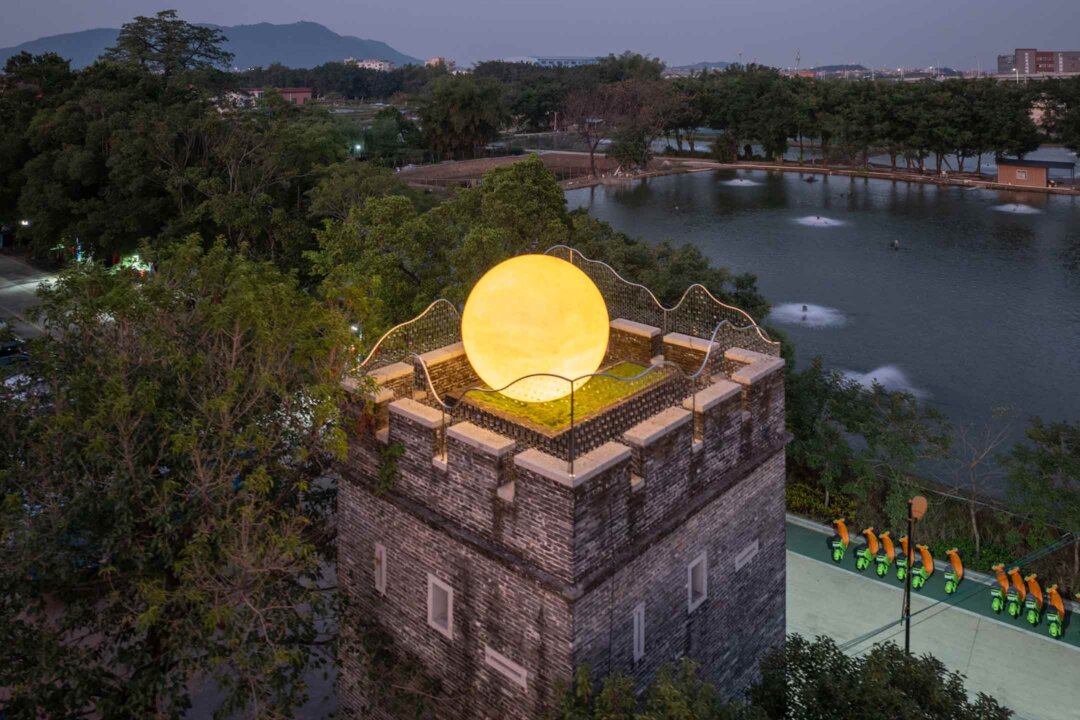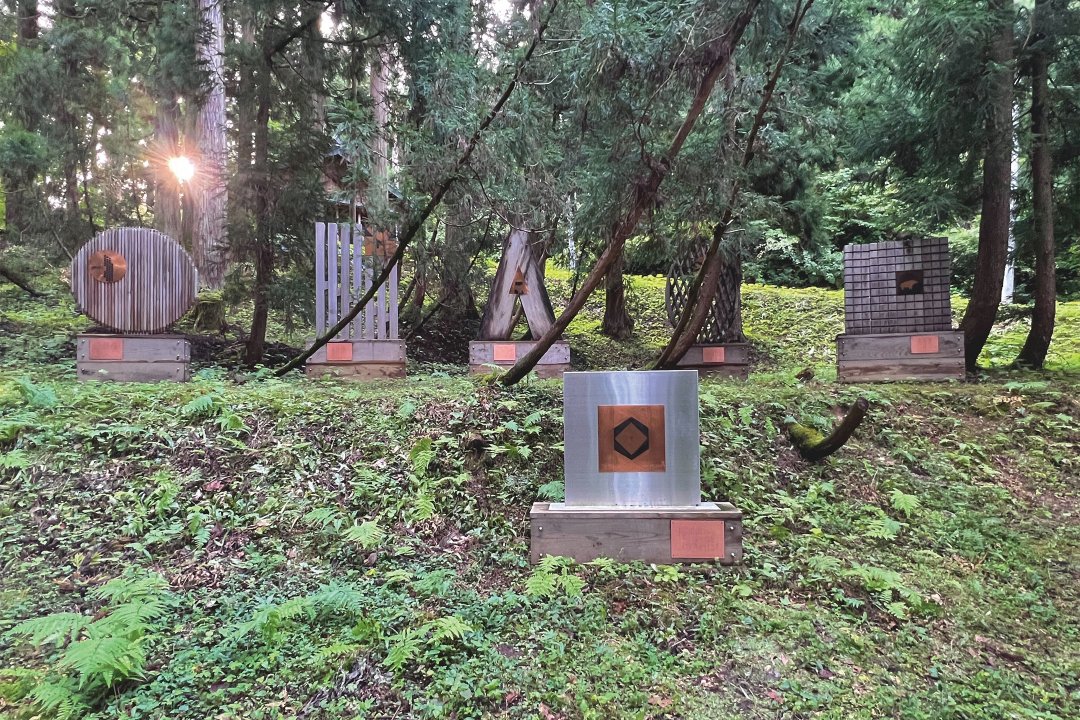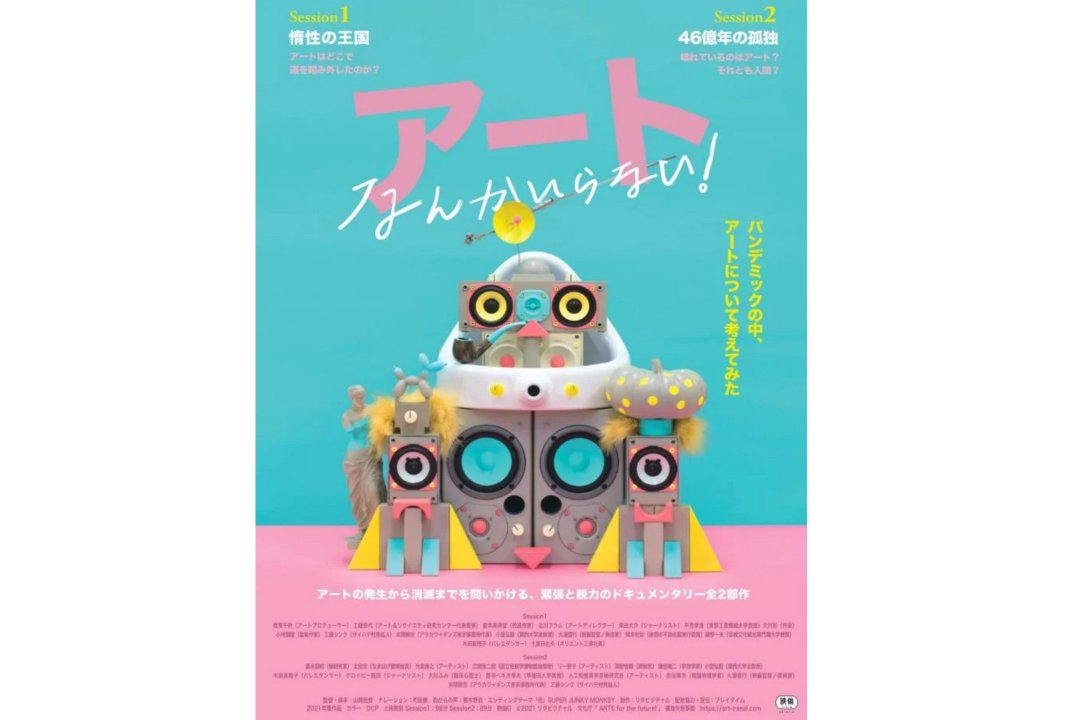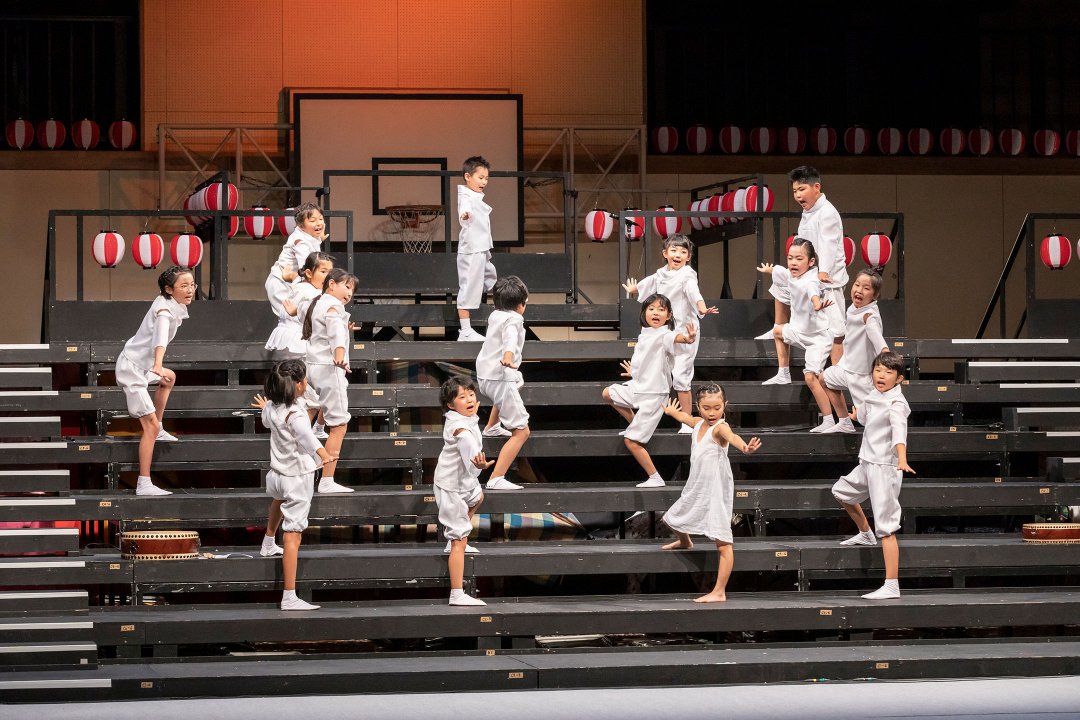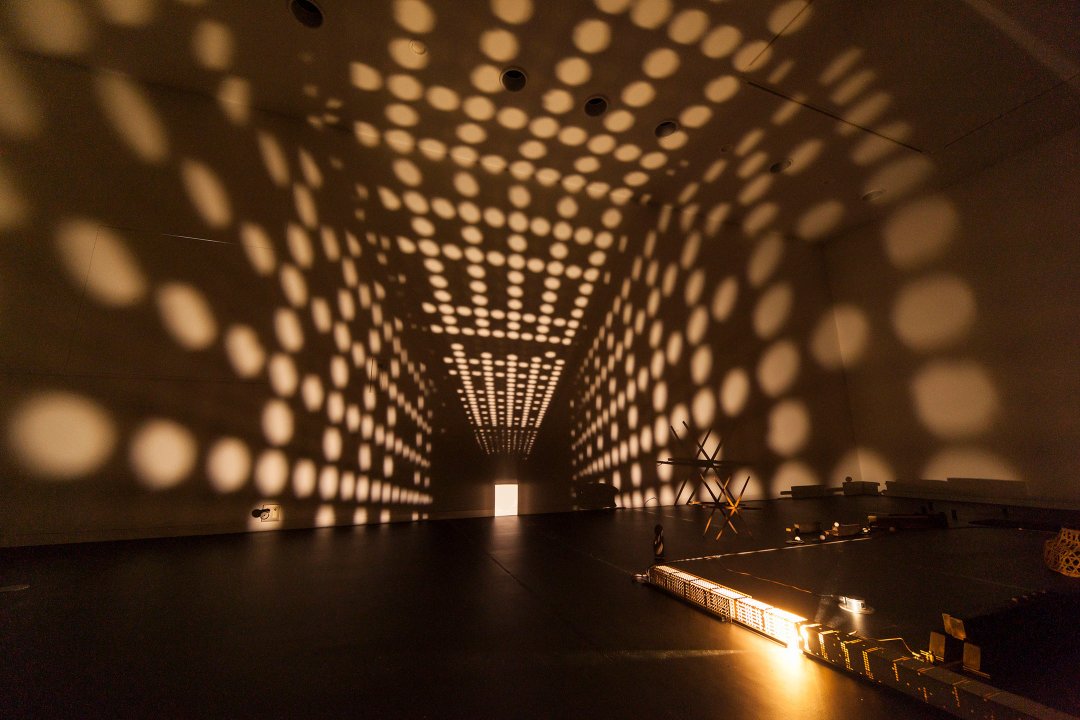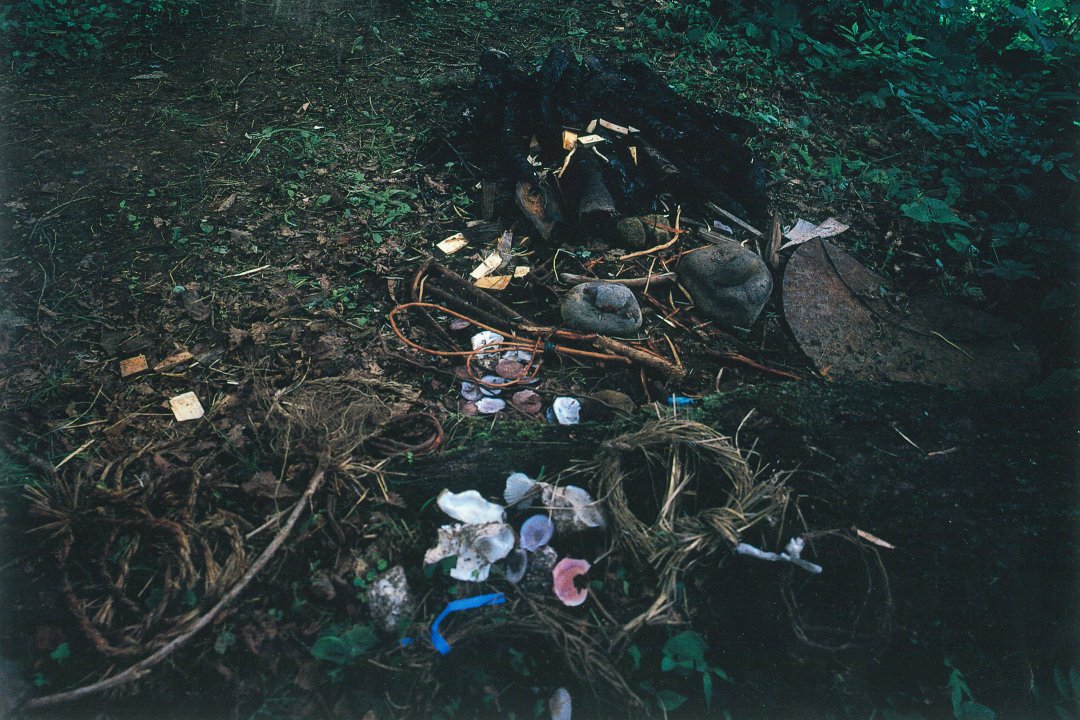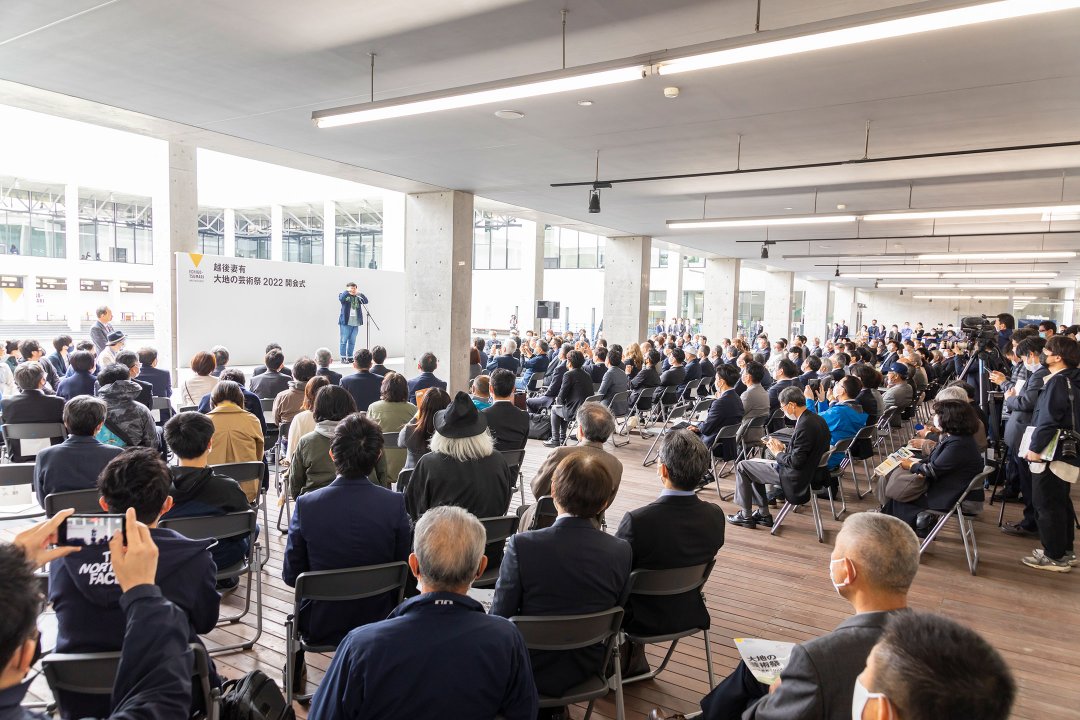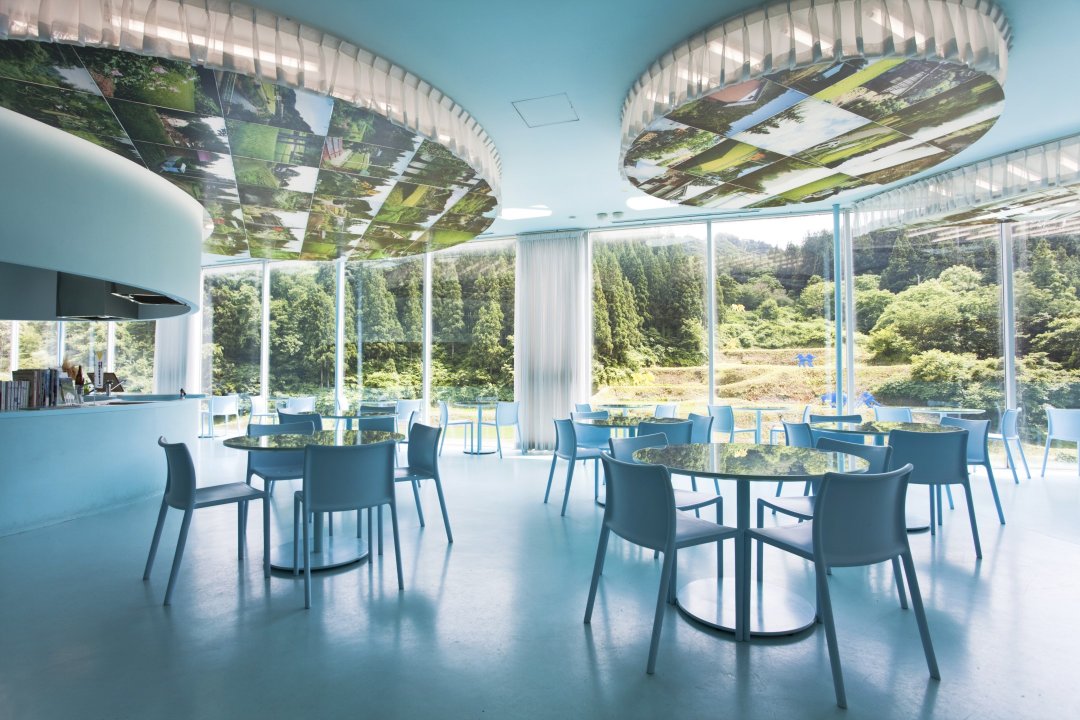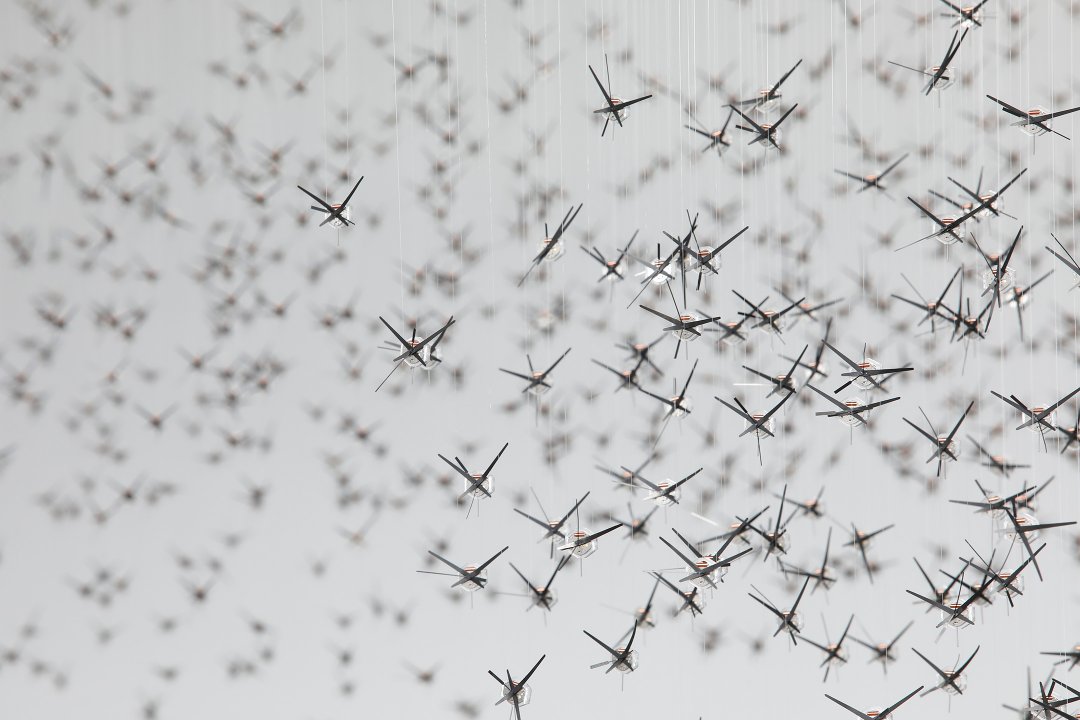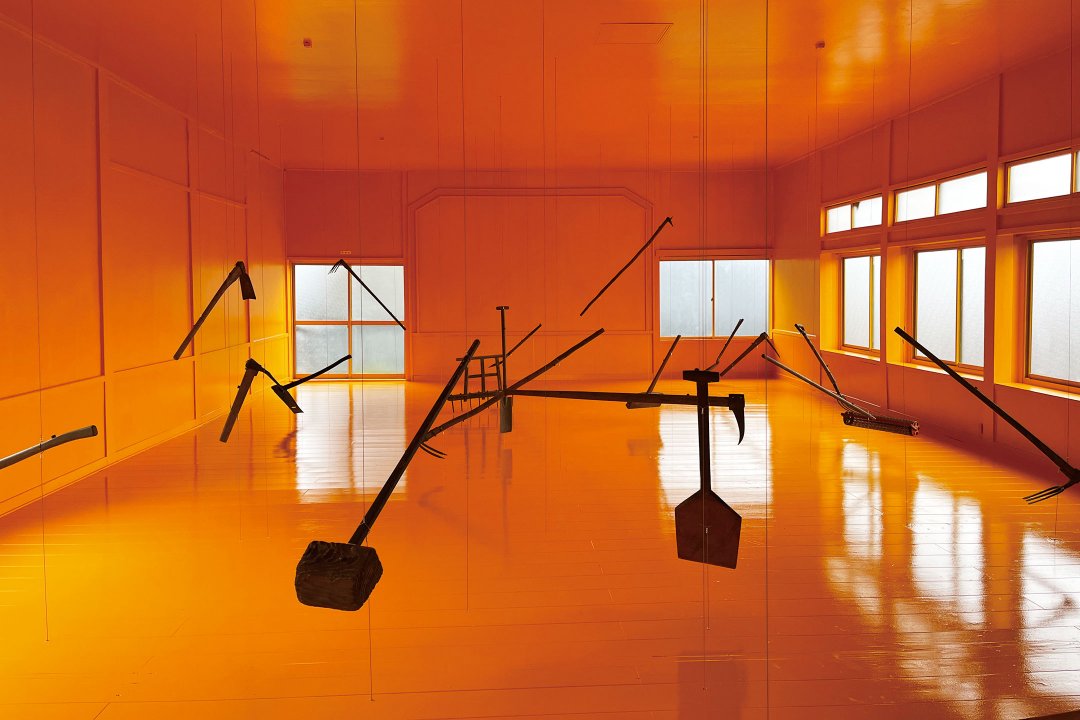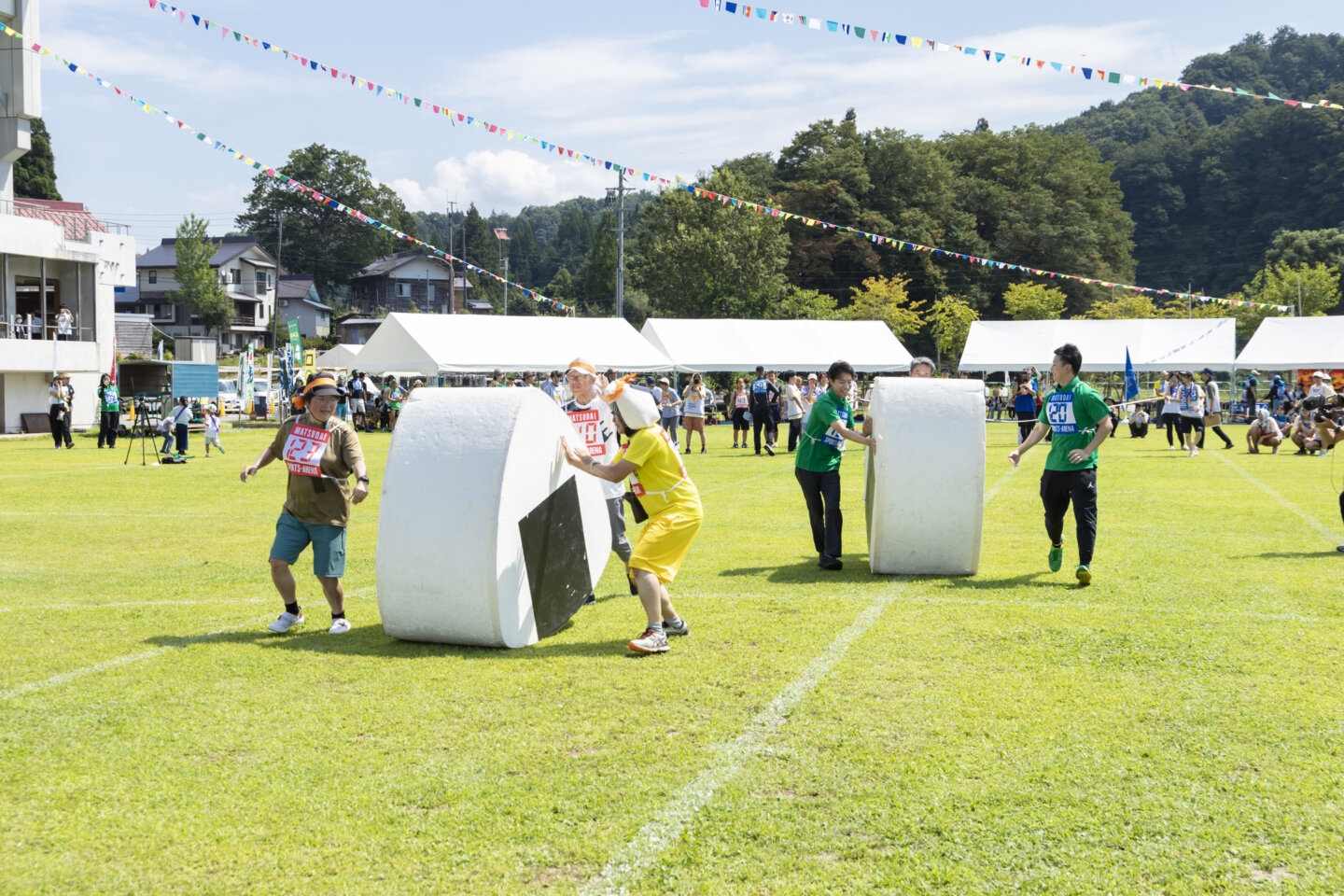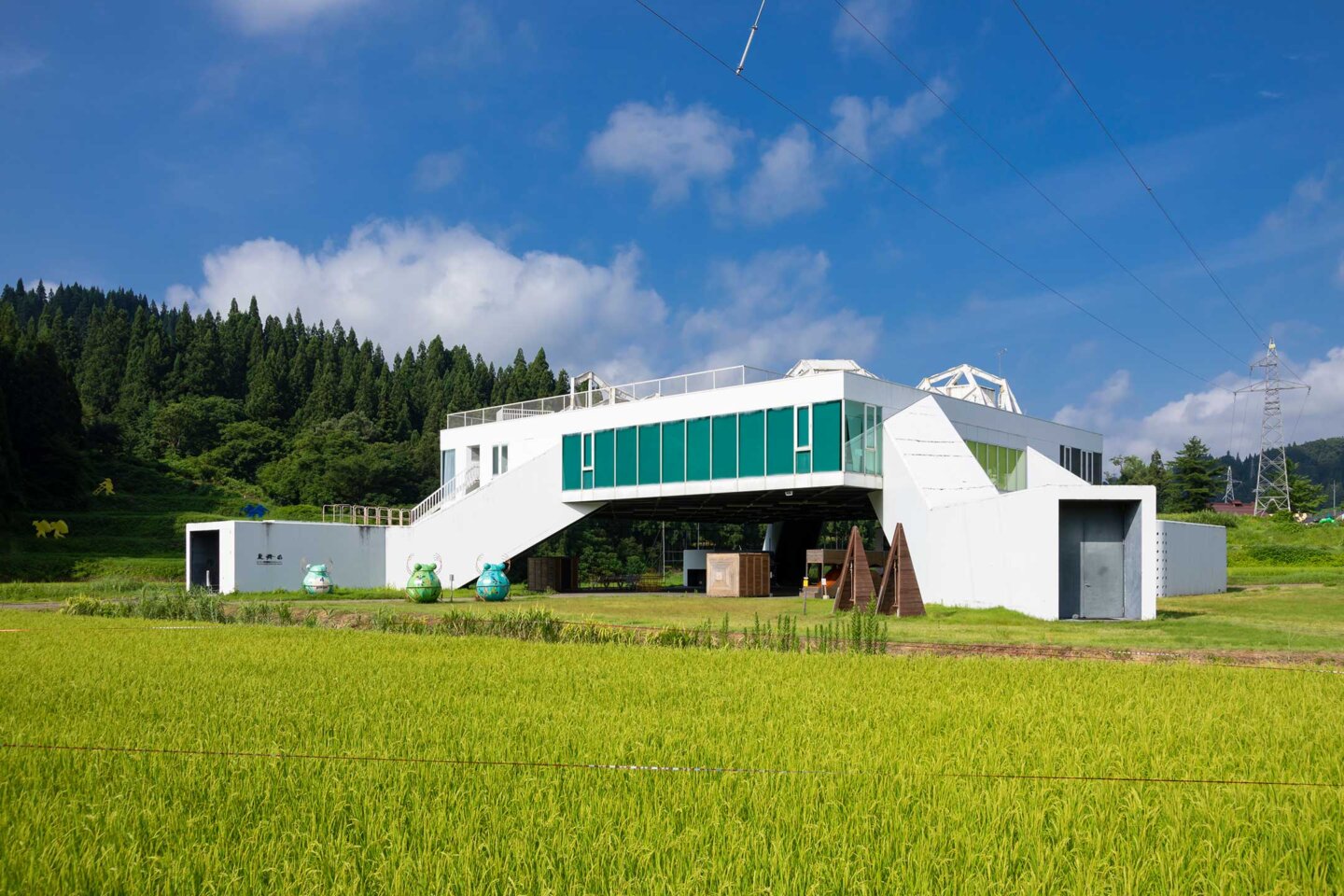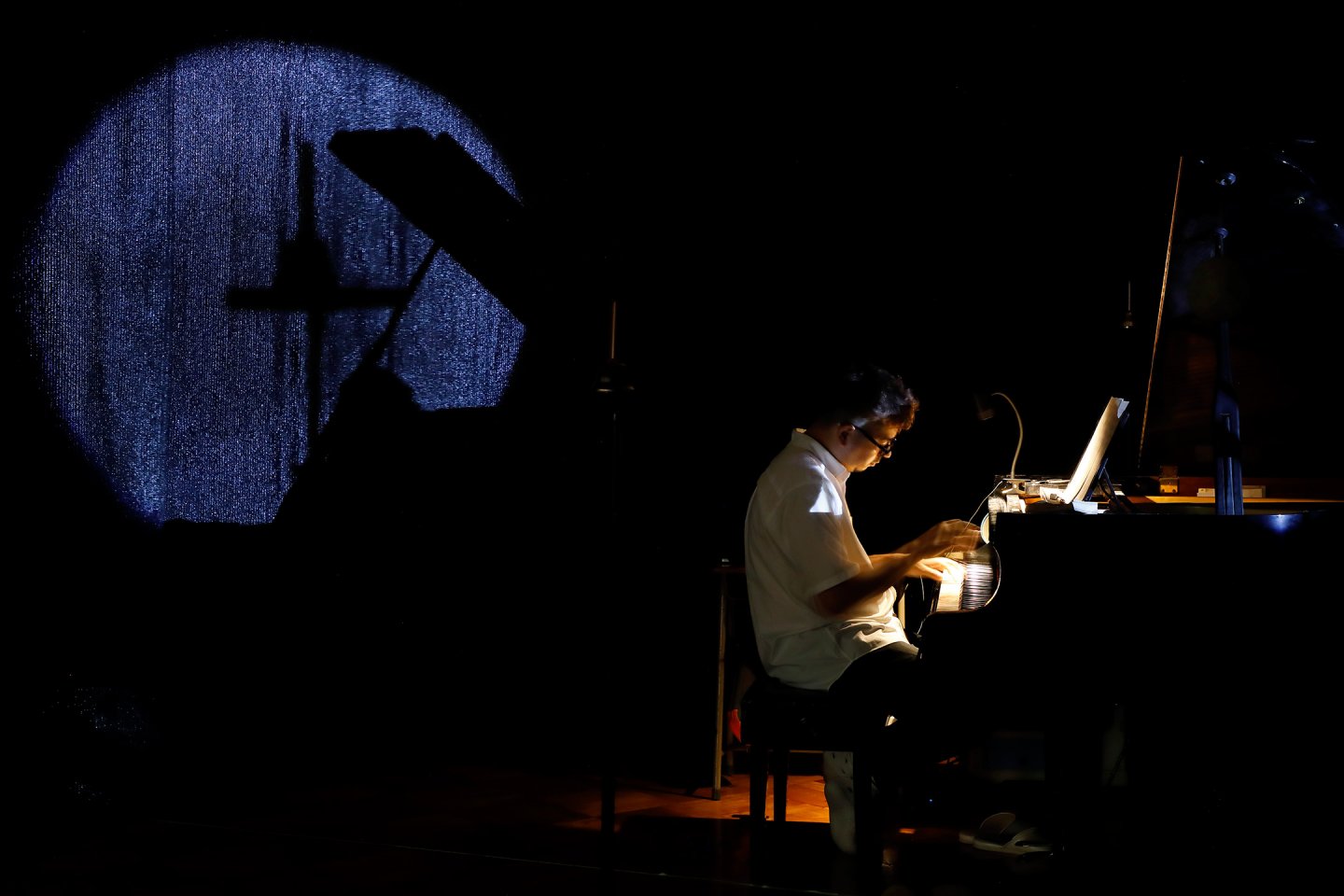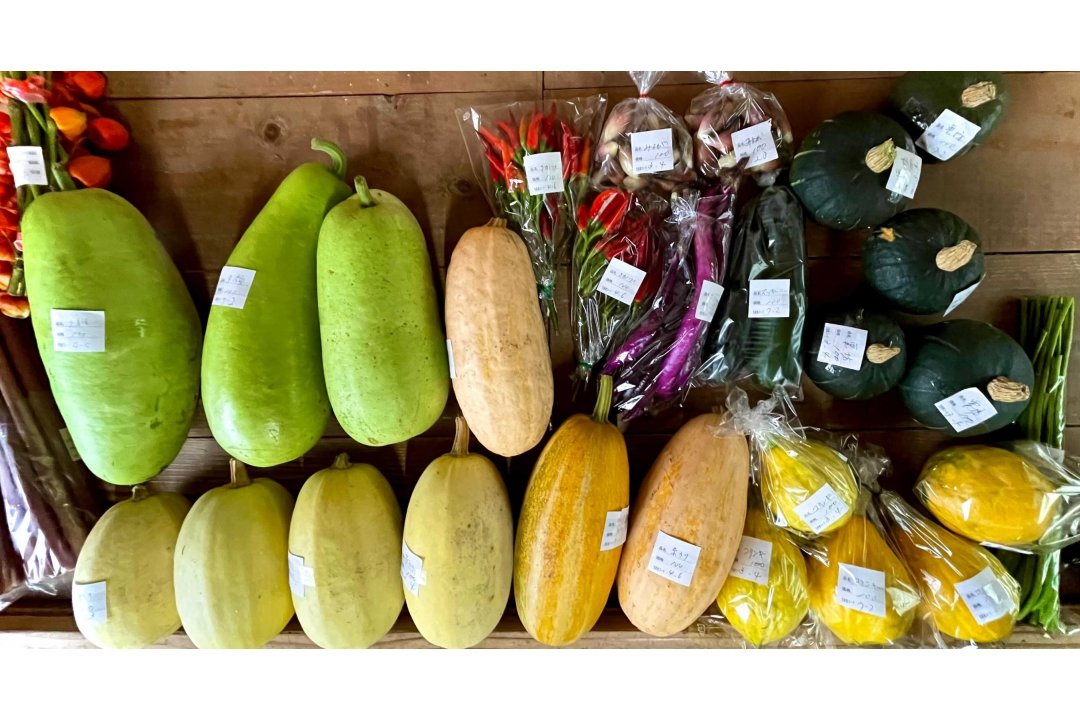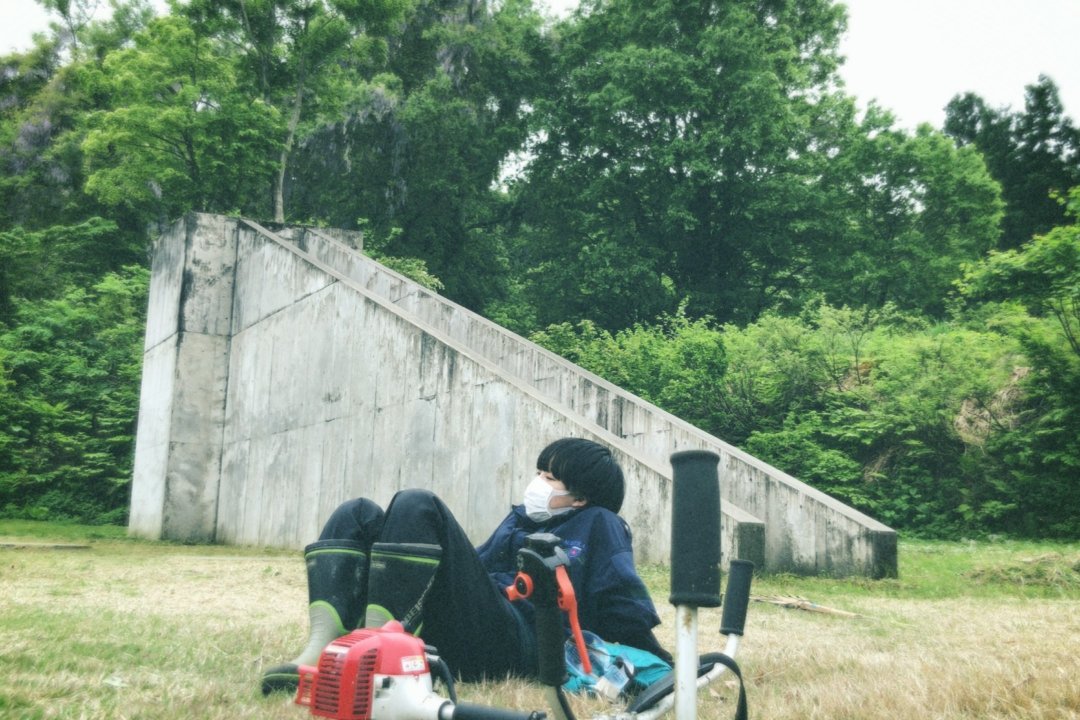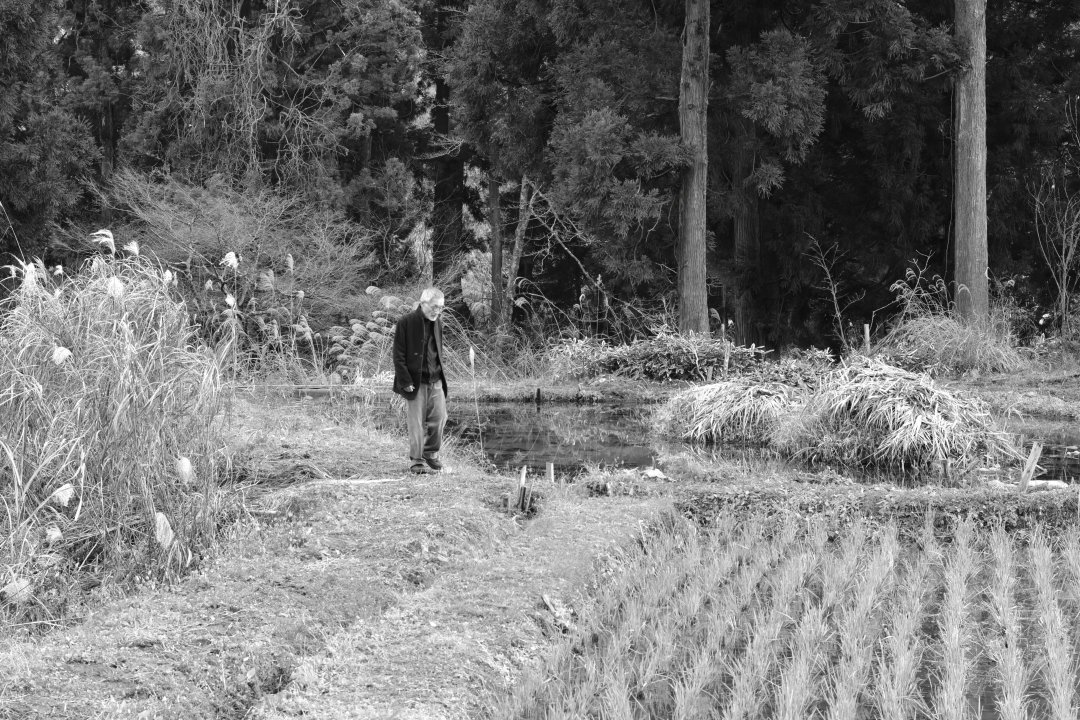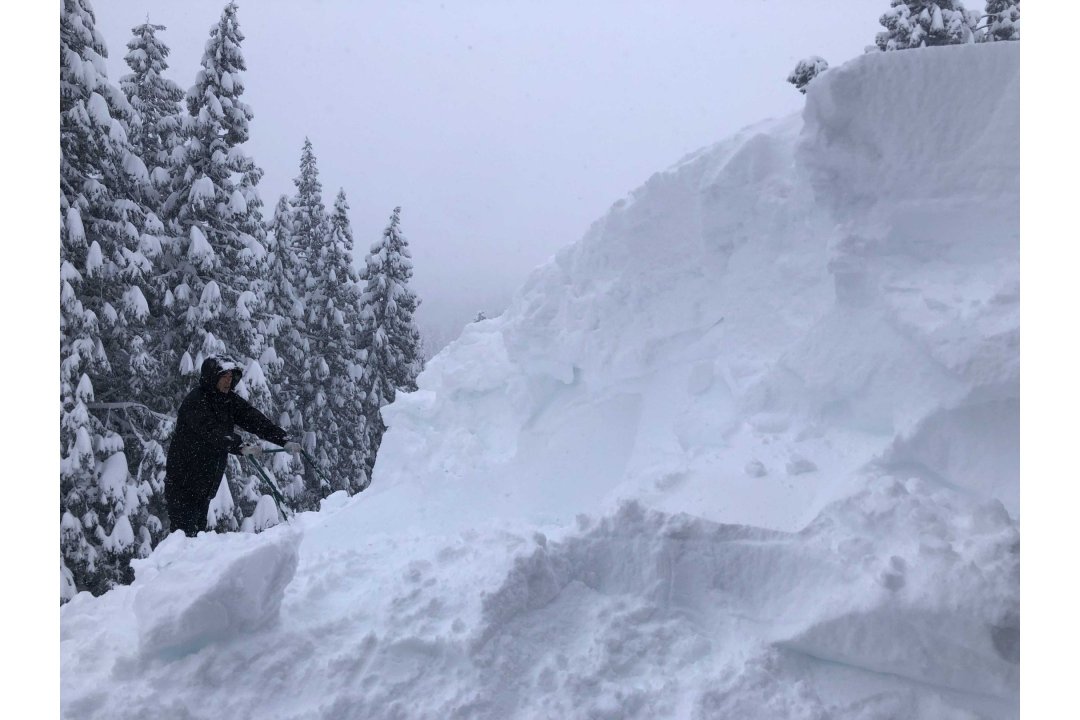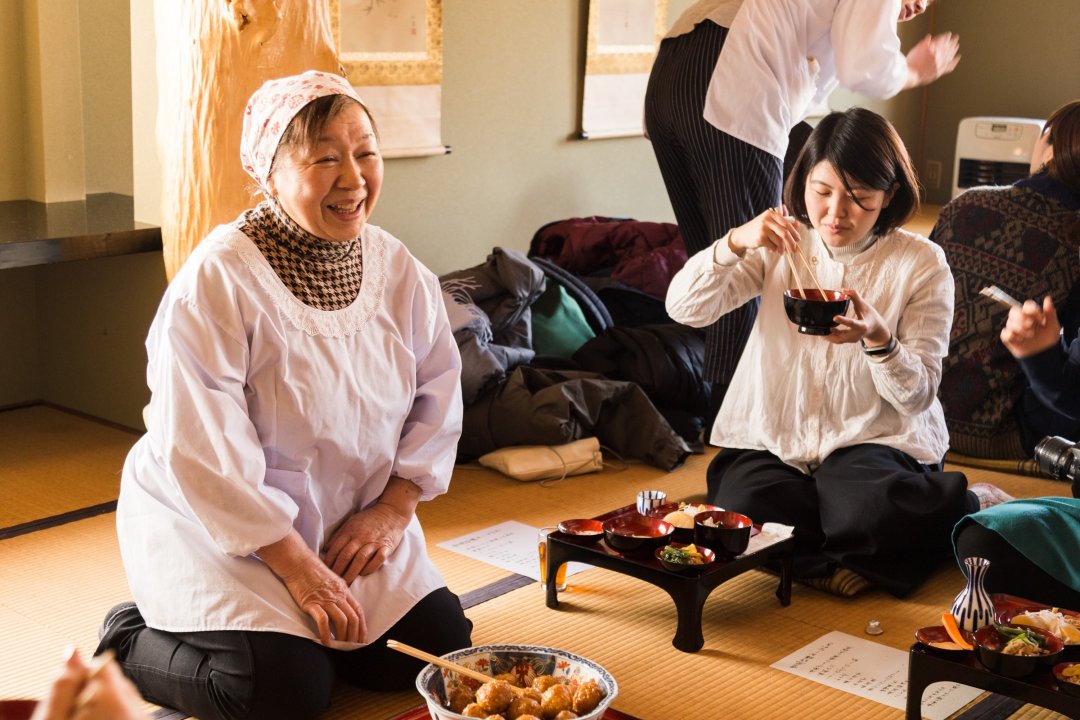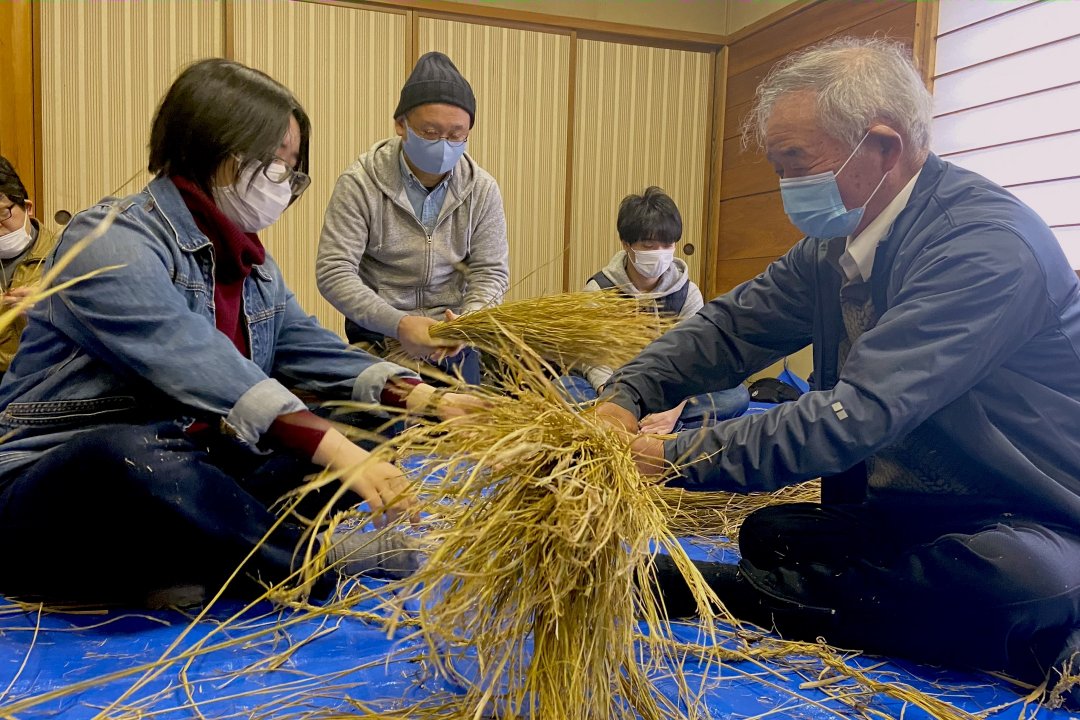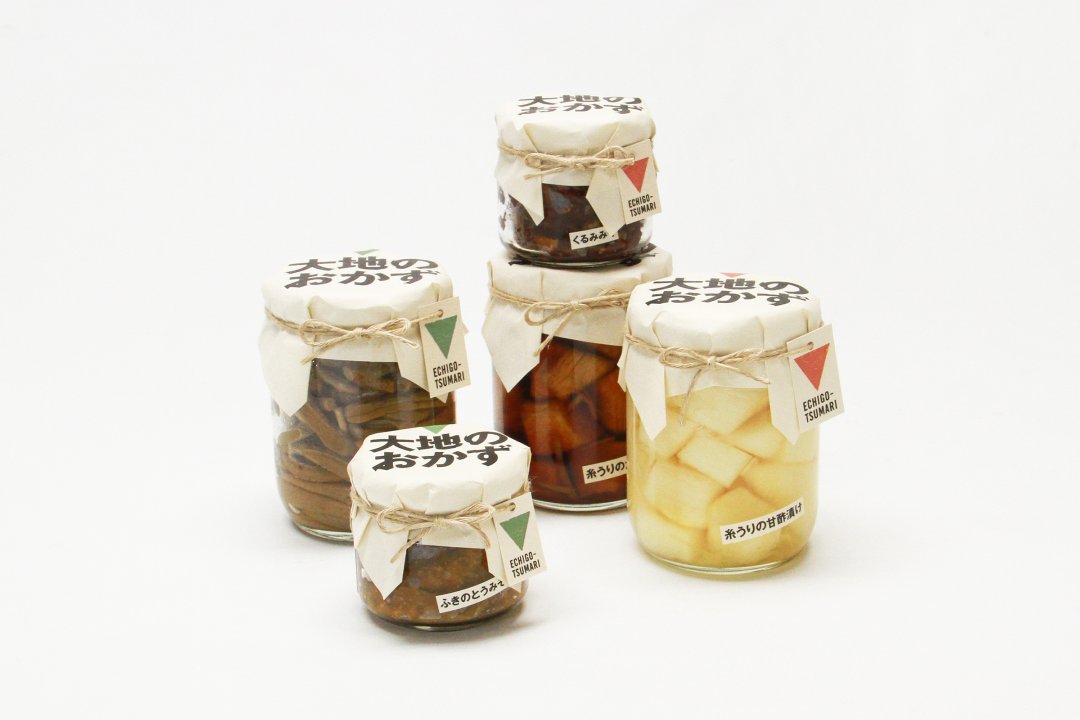Thinking 21st century art in the world from Niigata
Echigo-Tsumari Art Field - Official Web Magazine
Feature / Director's Column
This and that about ETAT 2022 ⑤(Written on 9 May)
Kitagawa Fram (Editor-in-chef of “Art from the Land” / General Director, ETAT)
Through this series of column, Kitagawa Fram, General Director of the festival shares "this and that about ETAT" which runs from 29 April for 145 days.
Text by Kitagawa Fram
14 May 2022
The golden week and season for picking up mountain vegetables are over and Echigo-Tsumari welcomes a season for planting rice. Unlike previous festivals, artworks are open this time of the year during ETAT2022 (except for Tuesdays and Wednesdays) so you can take time to enjoy artworks. I do run the commemorative tours and participate in events and I hope to see you exploring Echigo-Tsumari.
I will write about my visits to artworks before the commemorative event of Jean-Luc Vilmouth on 6 May.
Two artworks by Jimmy Liao are installed at Doichi and Echigo-Mizusawa stations along JR Iiyama Line. They are very popular. Liao is a Taiwanese picture book artist and his books are translated into many different languages across the world. He visited Echigo-Tsumari a couple of times in 2014, worked with local people, made a story of a little boy visiting his grandfather in Echigo-Tsumari, and created two little museums featuring the story.

“Café Reflet” by Jean-Luc Vilmouth (2003) photo by ANZAΪ

“Kiss & Goodbye” (Doichi Station) by Jimmy Liao
photo by Ishizuka Gentaro
It had been long time since I last visited and I was reminded how fun the artwork was. At Doichi station, a dog-house look like, distinctive Kamaboko-shaped colourful warehouse with two owls on top of the roof stands in a quiet surrounding. As you walk inside, you will see picture books on display as well as a child and a dog watching movies from the picturebook story. At Echigo-Mizusawa station, there was a boy on the rooftop as well as a girl in a swing inside and a wire dog floating above the kamaboko-shaped warehouse. These two works are worth visiting – each scene reminds you of the landscape you saw when you rode a train for the first time in your life.
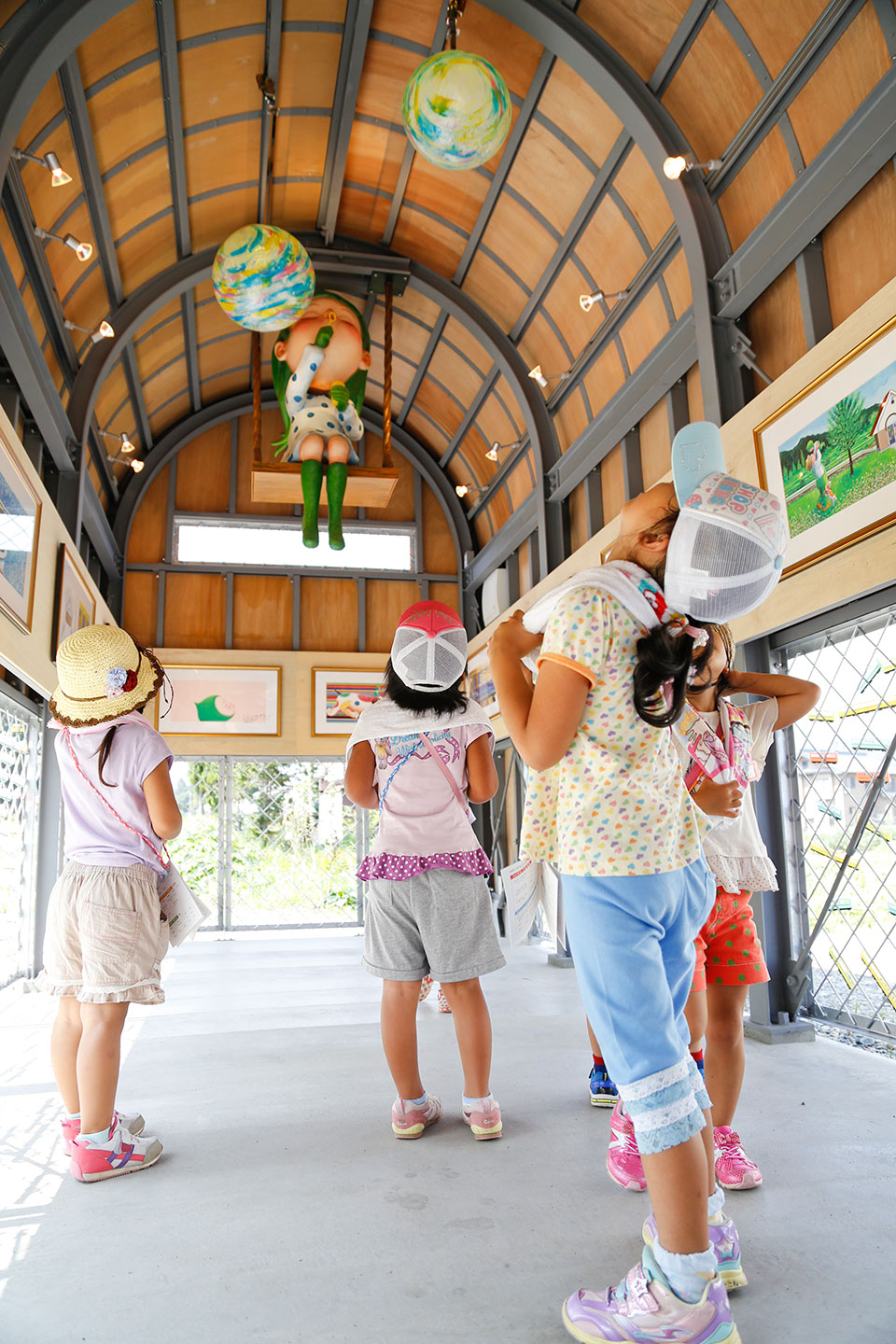
“Kiss & Goodbye” (Echigo-Mizusawa Station) by Jimmy Liao
photo by Yanagi Ayumi
Then, I visited the Yukihisa Isobe Memorial Echigo-Tsumari Kiyotsu Soko Museum of Art. In addition to the early works by Isobe who was proclaimed a genius painter, projects for ETAT since 2000 are on display here. These dynamic projects reveal the defining power of a place; how such power has operated in this region called Echigo-Tsumari; and how the ETAT has embraced the power. Whenever you visit the museum, you are reminded of art as the means to engage with nature – which is usually forgotten.

“Shiawase no kippu: Kiss & Goodbye” (Gendaikikakushitsu, 2015)
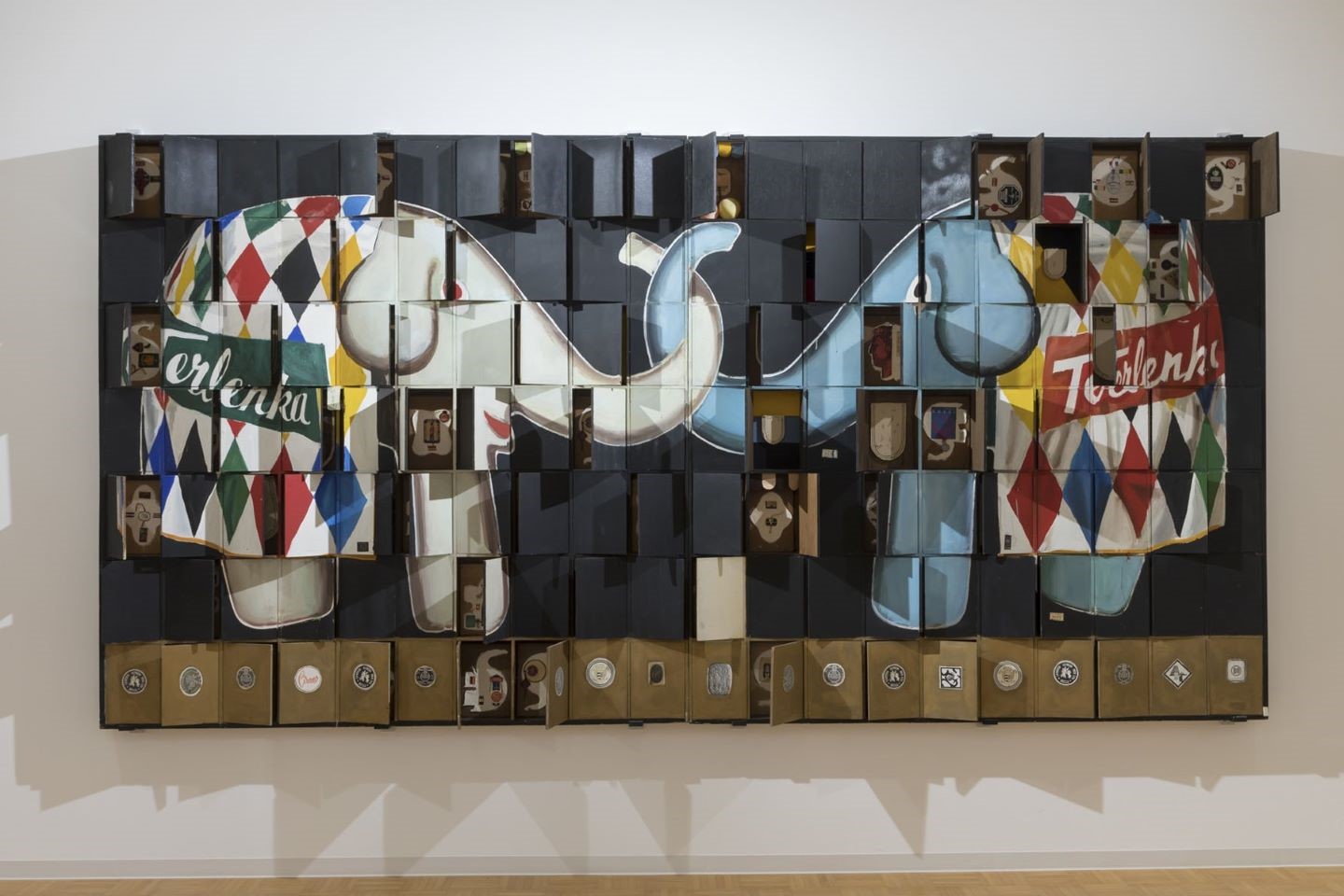
“WORK ’65 (Elephant Ⅱ)” by Isobe Yukihisa
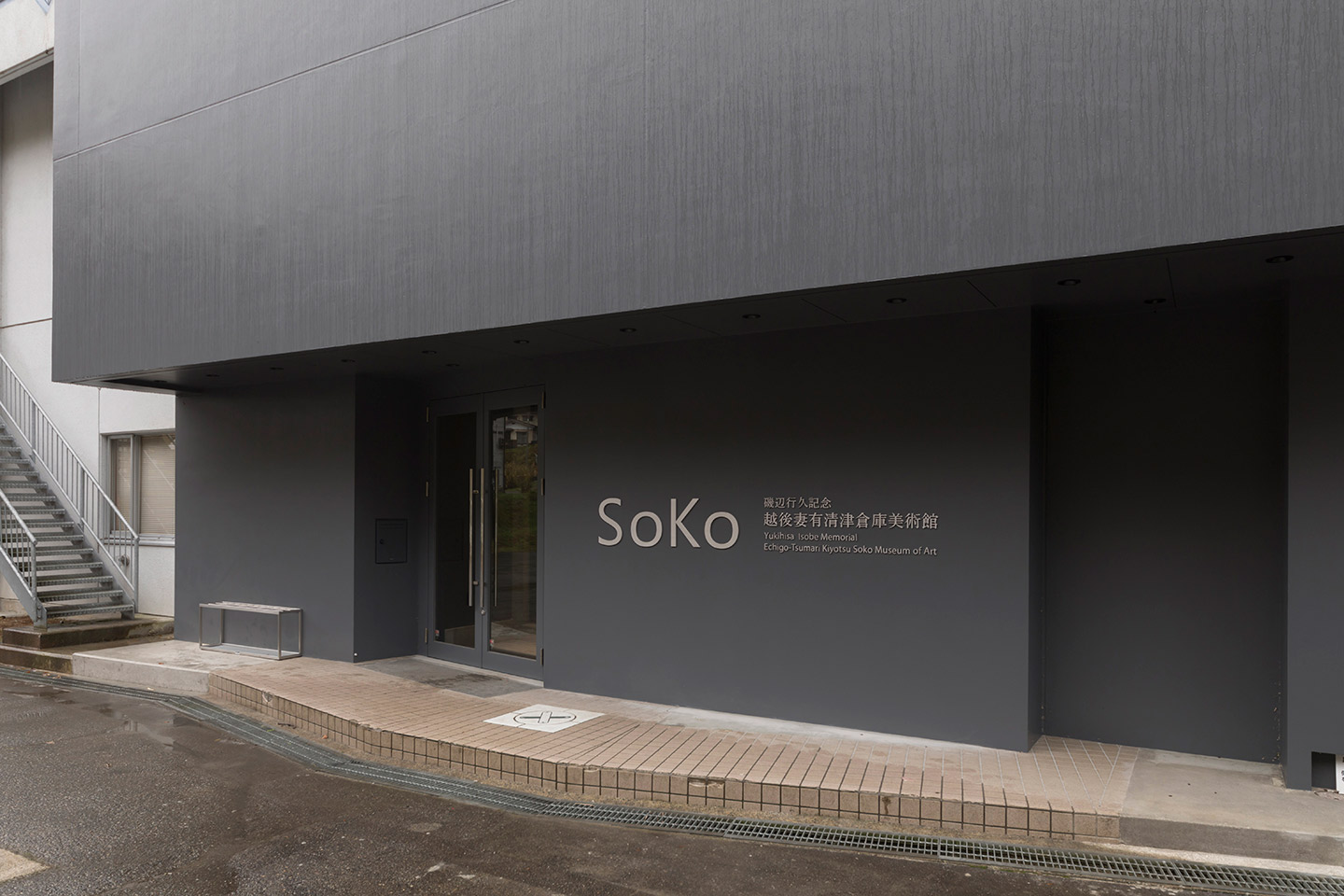
Yukihisa Isobe Memorial Echigo-Tsumari Kiyotsu Soko Museum of Art[SoKo]
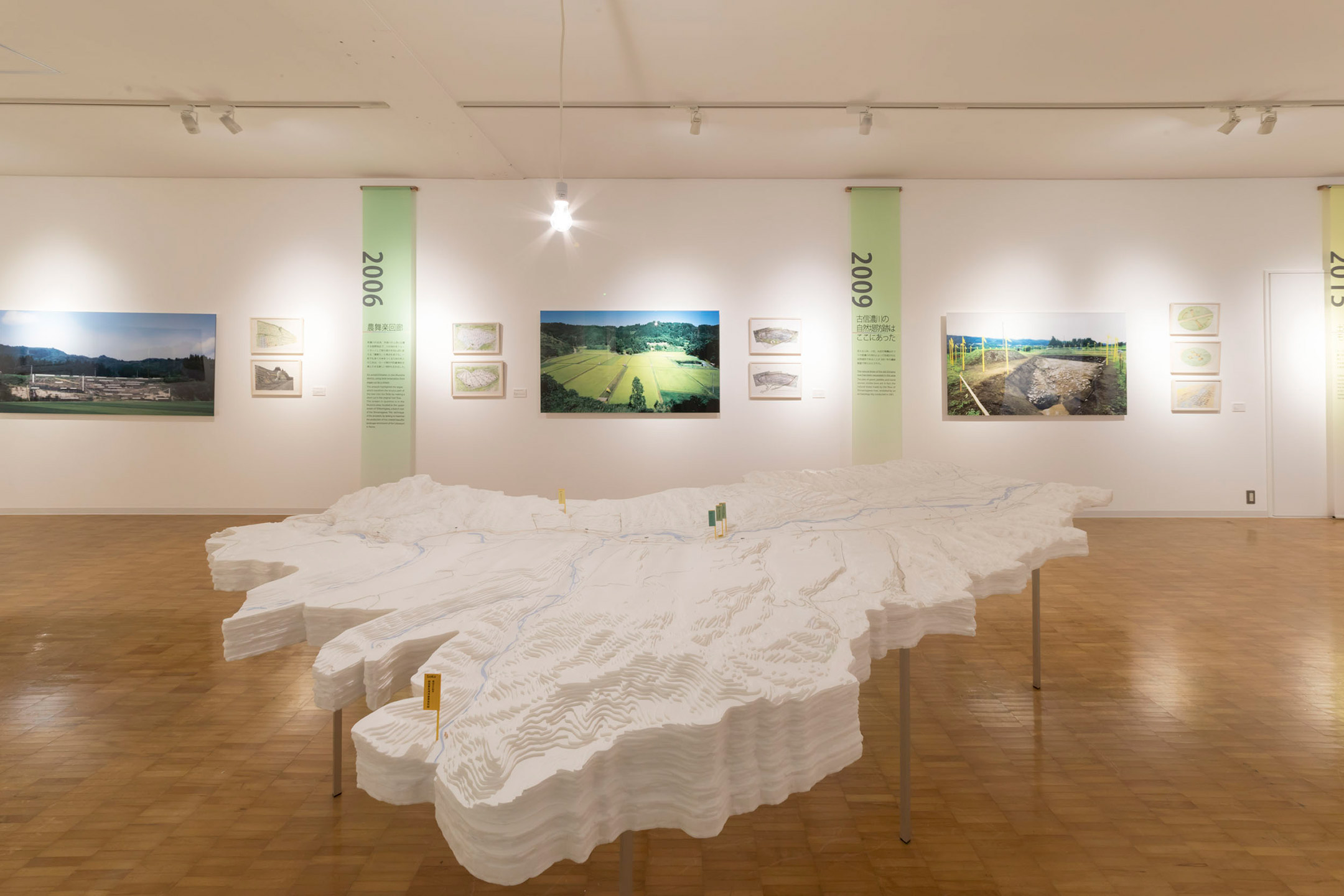
Yukihisa Isobe Memorial Echigo-Tsumari Kiyotsu Soko Museum of Art[SoKo]
I went to Kiriyama village in the evening. As the sun set behind Mt Kurohimeyama, this community of now only several households with beautiful terraced rice fields surrounded by mountains is a home to three masterpieces of the festival including “Mountain” by Richard Deacon (UK), “House of Swings” by Maaria Wirkkala (Finland), and “In the Silence or in the Noise / Semaphores’ Garden” by Claude Leveque (France).
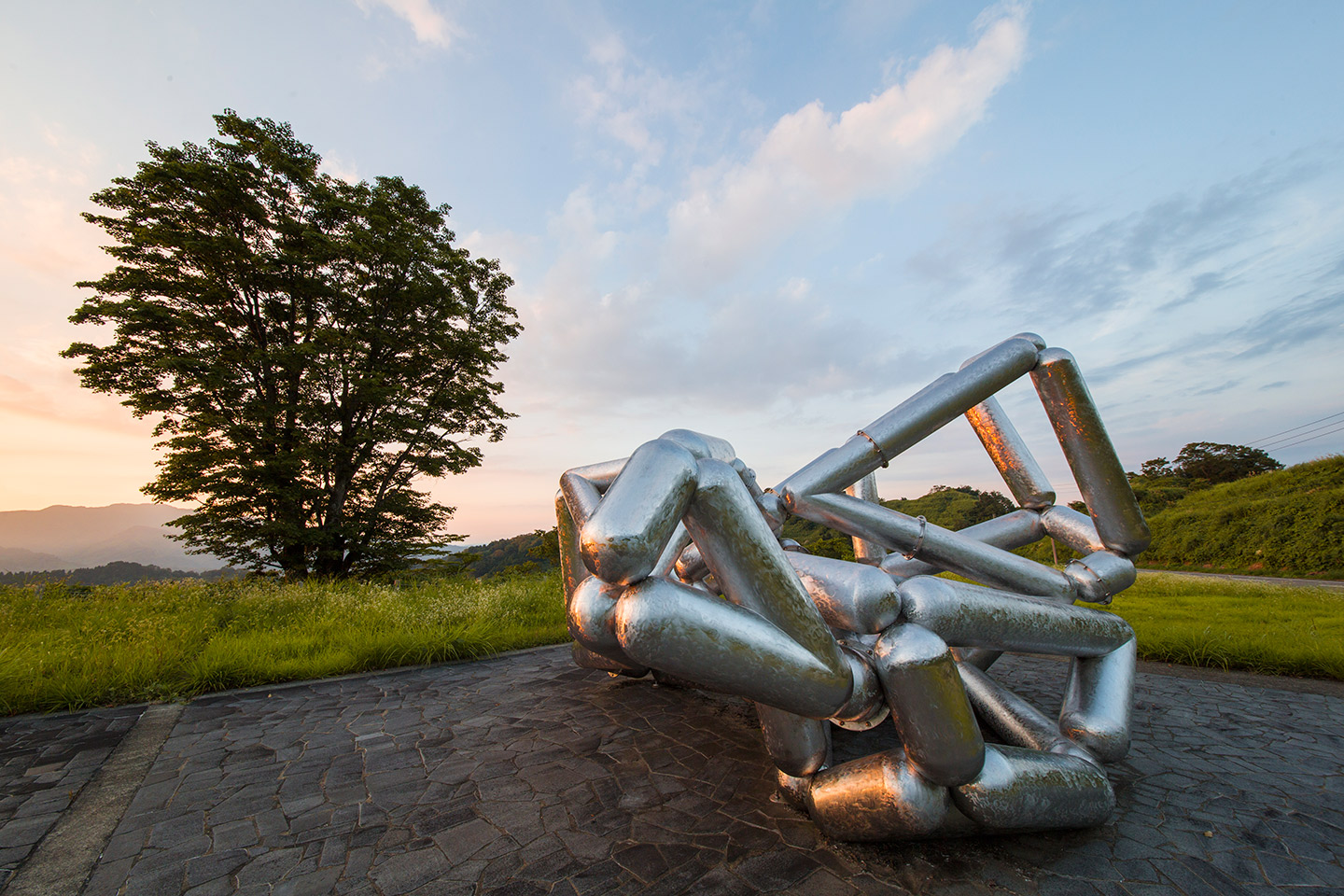
“Mountain” by Richard Deacon (2006)
photo by Nakamura Osamu
There are two metal plates with two wings that move in the wind around the house where Claude Leveque’s work is presented. They randomly reflect the surrounding landscape and lights – which makes a nice atmosphere. There is a red rock that looks like something found in the magma under the ground shines on the ground floor. There are three rooms on the upper floor. If you look closer, water bubbles are moving in the room with large octagonal lanterns that glow pink. The room in the middle is blue and a tower of weeding machine rotates. There is a red circle in another room. Overall the entire work is so powerful as if the scene of an outbreak of things.
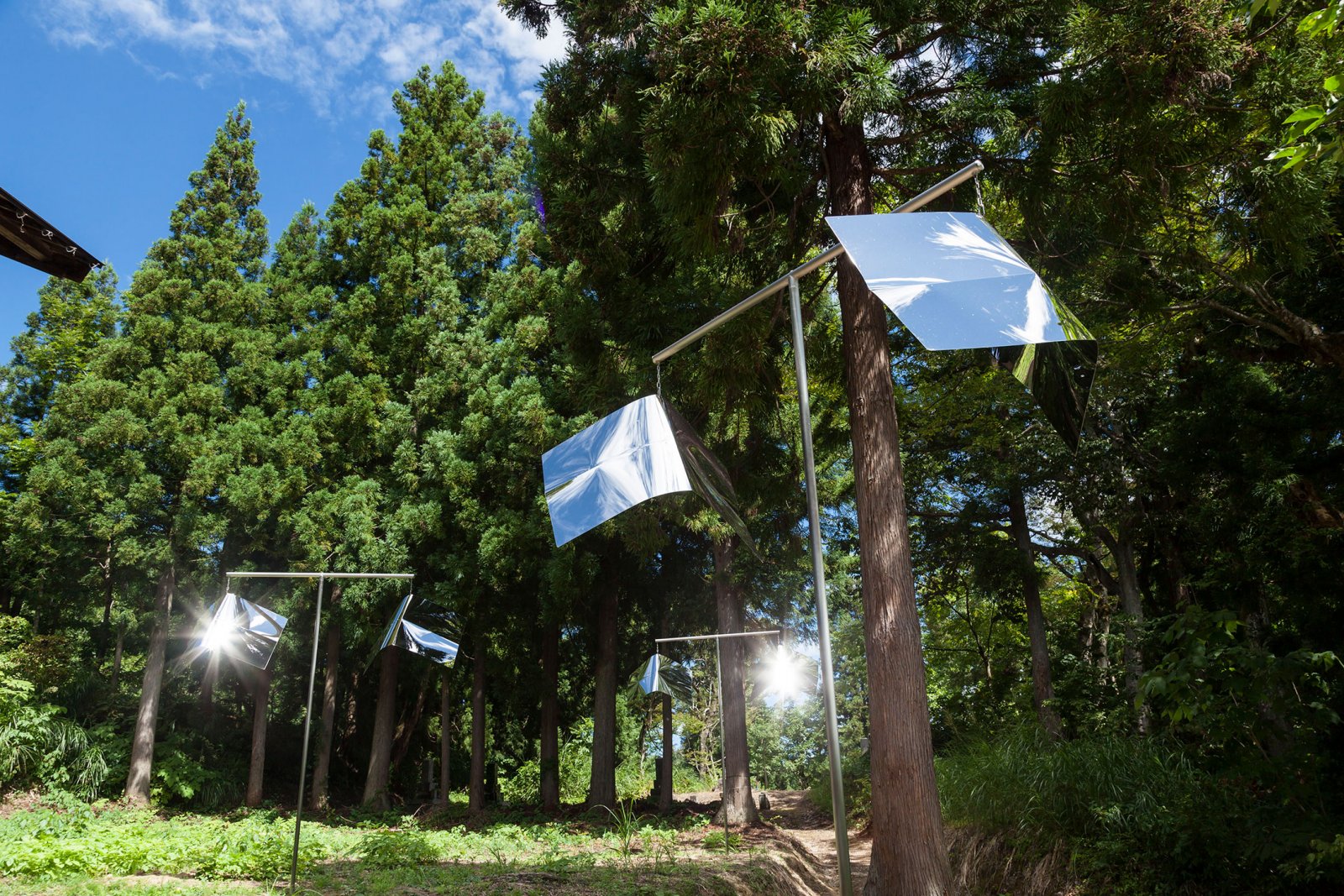
クロード・レヴェック「静寂あるいは喧騒の中で/手旗信号の庭」(2009、2012)photo Nakamura Osamu
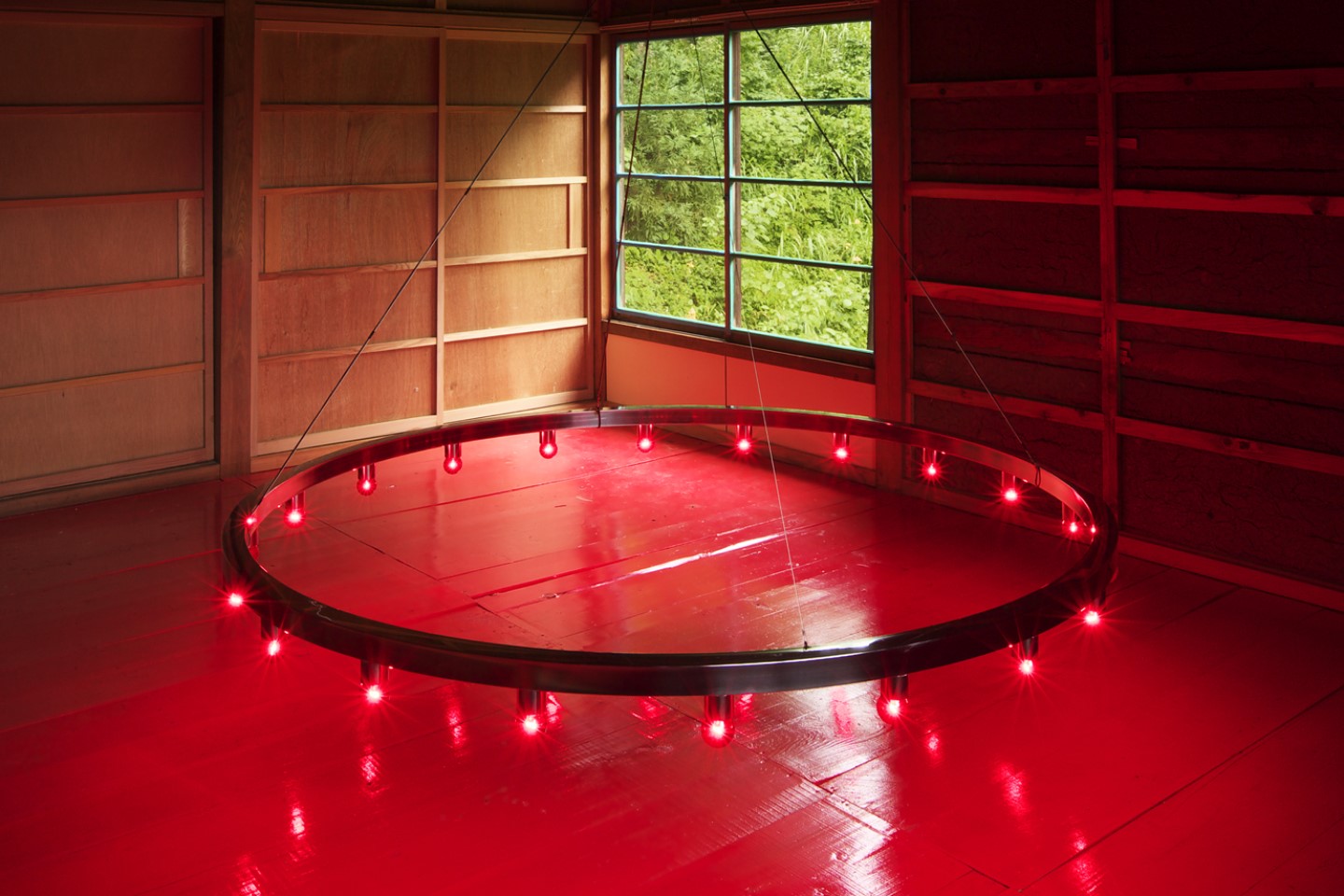
“In the Silence or in the Noise / Semaphores’ Garden” by Claude Leveque (2009, 2012)
photo by Miyamoto Takenori + Seno Hiromi
Maaria Wirkkala completely renewed the work since the last festival and created a work that passes a unique time which would make you feel good. In between the board in front, there are gears and pulleys for weaving which were commonly found in any farmhouses. Swings are hung from these and gently moving. There are golden pairs of zori (sandals) in the air and heath in the middle of the room. In the back room, there is a swing with a glass cup with water which shadow projected onto the wall becomes big or small – making realise the time of the house in general. On the upper floor, thatches creep over braces and columns whereas snow shoes and coats are hung on the wall. Contrary to the space like a tea room downstairs, the work shows the everyday life of farmers in the snow country and the sign of children. There is a thoroughly painted wall that bears Renaissance painting icons. All had golden slippers, which seem to transcend time and the sparkle of life of the parents and children who lived there.
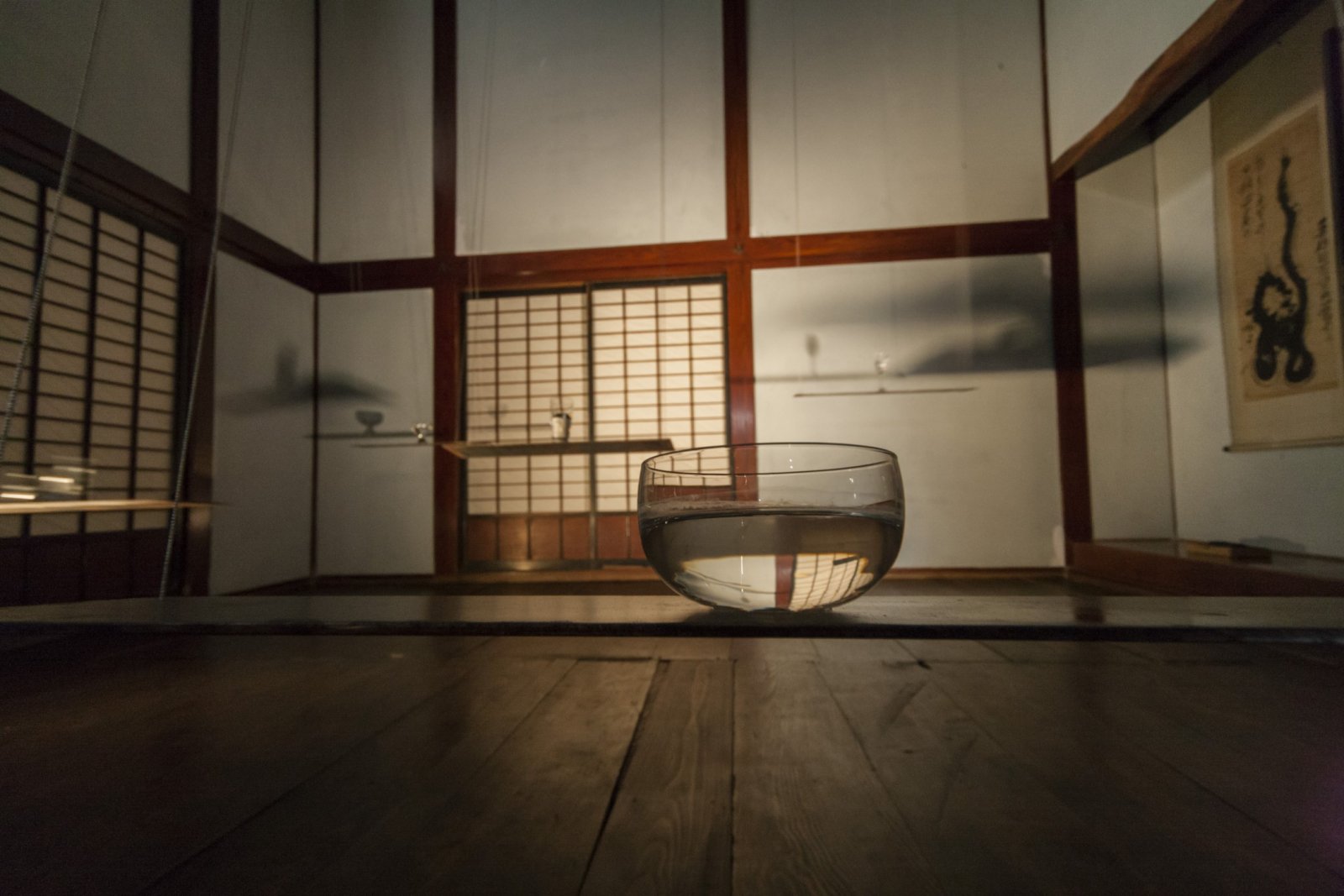
“House of Swings” by Maaria Wirkkala (2012)
photo by Nakamura Osamu
Although we had to set back the opening date for artworks installed in the areas to 2 June, we may be able to open 20 out of these works on 21 May. Although the usual schedule of the festival is summer starting 30 July, we are hopeful to open some works earlier as follows:
(*The schedule for the accelerated release of works is still being worked out and will be officially announced on the website when it is finalized.)
【Early July】
Christian Boltanski, Asai Yusuke, Navin Rawanchaikul+Navin Production, TANGO, Daichi no Collections 2022 (Yukihisa Isobe Memorial Echigo-Tsumari Kiyotsu Soko Museum of Art[SoKo])
【Mid July】
Kuri Mayumi, Kabada Chihiro, Sakao Koichi, Hasegawa Jin, Iwaki Kazuya + Tokyo Denki University, joylabo, Janet Lawrence, Wu Jian’an, Ishimatsu Takefumi, Todo, Yamamoto Koji, Matsuo Takahiro and another mountain (Mataichi Yamabito)
【Late July】
Isobe Yukihisa, Nakatani Fujiko, Hibino Katsuhiko, Kawamata Tadashi, Nakasaki Toru, Tomita Noriko, Doobu+Ritsumeikan University-Industry Society Nagano Satochi Seminar, Mapped to the Closest Address, Tashima Seizo (summer exhibition), Kageyama Ken, Satoyama Art Zoo, Tanji Yoshihiko + Hashimoto Manabu, Rikigosan, Komatsu Hiromasa, Masuda Keisuke, Hasuike Momo, edition.nord, BankART1929+ Mikangumi + Sogabe Lab at Kanagawa University, + 50 artists, Fukagawa Shiryokan Dori Shotengai Kyodo Kumiai, Tsumari Ikebana Corridor, Karekimata Project, Ongoing Collective, Maeyama Tadashi x Yuyama Mail Art Project, Elena Knox, Yasuno Taro, Oka, Makoto Oka & Musicmill Project
Kitagawa Fram






